NYC Parks: Refreshing Green Spaces or Classist Battlefields?
NYC parks are the site of not-so-subtle discrimination between classes on communal land
Green spaces like Central Park are integral to the atmosphere of the city. They are meant to be welcoming and receive a lot of visitors.
November 18, 2021
NYC Parks hosts an iconic roster of locations, including the sprawling Central Park, the ever-popular Washington Square Park and the scenic Battery Park. These places have become home to an abundance of events and subcultures in the rich tapestry of NYC’s history.
The green spaces of the city have become havens for all experiences, rich or poor, privileged or oppressed. Playgrounds are beacons for young children and parents on the weekends, and the many multipurpose fields have become home to a myriad of recreational activities such as local soccer leagues, children’s T-ball games and even a simple game of frisbee.
But the parks are not all sunshine and rainbows — these common spaces are also highly policed and monitored due to their popularity and frequent usage. Since the early 20th century, the parks department has developed a practical legion of Parks Enforcement Officers, with constant budget increases, a developed paramilitary rank system, and only 11 weeks of required training before they are equipped with the power to make arrests, use batons, pepper spray and even handcuffs. Often seen as a safe spot to rest by the city’s plethora of people experiencing homelessness, the parks have become an increasingly hostile environment for some downtrodden souls looking for a night’s rest despite the Parks Department’s official stance maintaining that “homelessness is not a crime.”
Designed to give unhoused people fewer places to survive, it serves the same purpose as pigeon spikes for humans.
Hostile architecture has run rampant in the parks in an effort to combat the large populations who attempt to utilize the public space as a resting spot, home or bathroom at varying times.
The most common examples of this are the segmented benches that line the many walking paths, designed to allow people to sit but not lay on the benches preventing them from staying there to sleep.
This hostile architecture is not a phenomenon unique to NYC; it is quite common in urban areas internationally and is a despicable practice. Designed to give unhoused people fewer places to survive, it serves the same purpose as pigeon spikes for humans. It shows up in barbs underneath overpasses designed to make the lowly shelter unlivable, sprinklers placed under awnings to spray those who might seek shelter on a cold night and even alcoves fenced off to keep people from finding shelter.
Parks located in college-centric areas like Washington Square Park have become synonymous with students who use them as safe havens for illicit activities of all kinds. The same police officers who patrol the park and maintain “order” by removing people experiencing homelessness from the public view turn a blind eye to the ever-present underage drinking and illicit substances frequently consumed by students using these spaces.
After events such as Biden’s victory in the 2020 presidential election and NYC Pride, Washington Square Park became a veritable trash can overnight, a “communal space” flooded with beer cans, cigarette butts and a plethora of other waste products destroying a location intended for community use. However, the crowd who enjoyed the park’s facilities the night before, a lion’s share being college students and young adults were nowhere to be seen.
This stigma is not only present in college-centric parks such as Washington Square Park but can also be seen on a much larger scale in other parks such as Battery Park (which was literally built on trash) and Central Park (a place founded by the rich, for the rich).
The parks deserve to be spaces accessible to all who live here, whether for subsistence or leisure.
With the right appearance and surrounded by the right people, our supposed “justice system” ignores most minor crimes, such as a 19-year-old shotgunning an alcoholic seltzer in broad daylight on a picnic blanket with friends. In the same park, at the same time, those without the so-called “right” appearance are regularly accosted and questioned on their past, intentions and activities while in the park.
In a space intended for all citizens of the city, our parks have become a classist paradise where those with wealth are allowed to bend the rules to enjoy themselves while those using the same public space to merely survive are confronted and interrogated because they lack the shield of wealth.
As a college student who has witnessed this dichotomy firsthand, I think it’s about time we use the education we’re getting at Fordham to challenge these systems. It starts with not abusing the haven that the parks provide for illegal activities, using our status to halt the systems of wealth inequality.
The parks deserve to be spaces accessible to all who live here, whether for subsistence or leisure. There needs to be a concerted effort in equalizing a space inherently meant to be equal. Let’s keep NYC parks the haven they are for all of us, not just some of us.

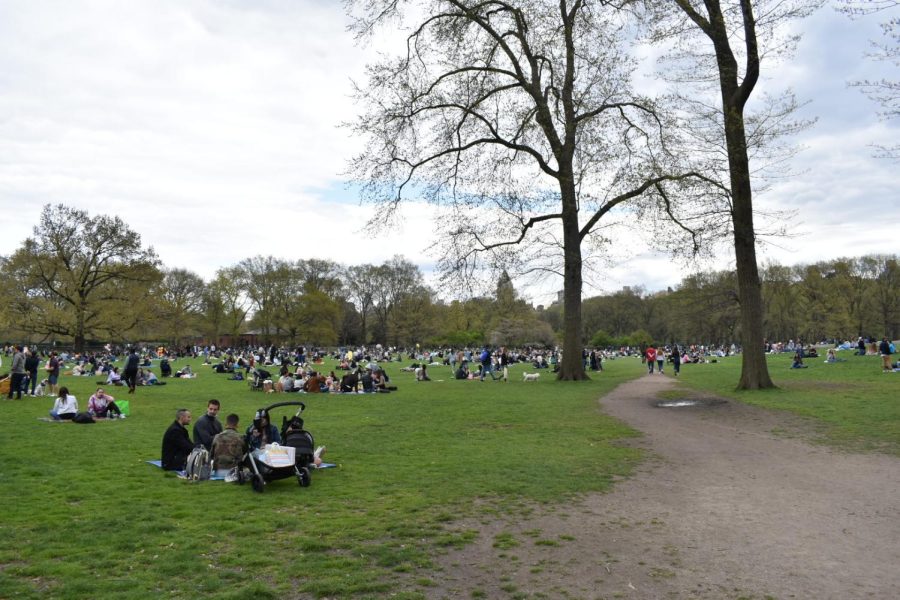
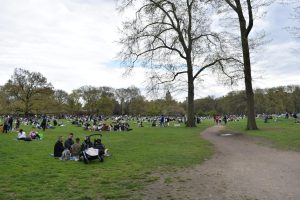
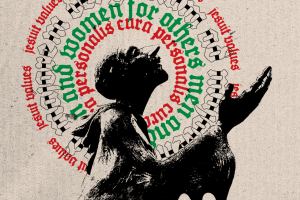
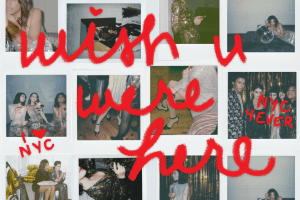
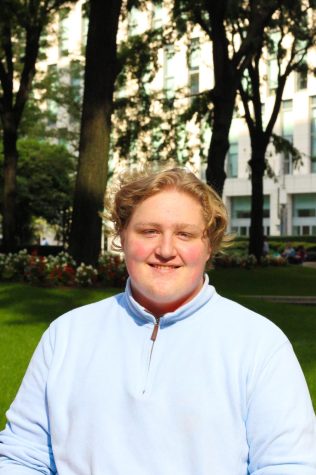
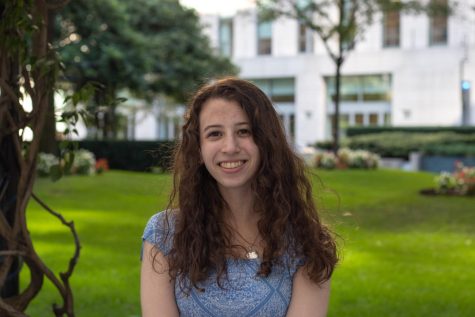











Gerard Meagher • Dec 1, 2021 at 4:28 pm
What nonsense. So you want parks to be peopled by drifters, drug abusers and allow them to use it as a bathroom, bedroom and shooting gallery. I am old enough to remember when Central Park was a dump, until Mayor Guiliani and the Park Trust cleaned it up.